
Your vehicle livery is a cost-efficient method of promoting your business or organisation and what you have to offer. You control where your moving billboard goes and where to park. It’s a no-brainer for strengthening awareness of your brand.
Influential vehicle liveries succeed with two main elements: the message and the visual design. Unusual finishes such as colour-changing materials can also improve recognisability, but they’re not necessary.
Start by determining what you want your vehicle livery to convey to your ideal client.
Consider the following:
This crucial stage of the vehicle livery process should provide words and feelings aligned with your brand’s personality.
Your vehicle livery is only one part of your marketing. It should assist your long term business strategy.
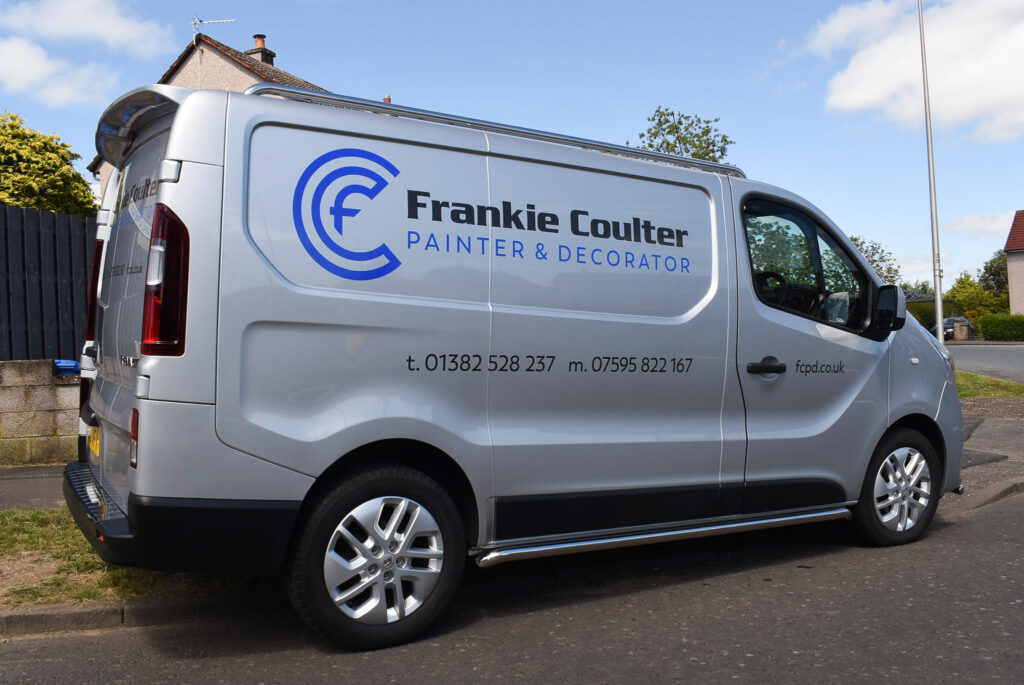
Don’t complicate your message. Include only the most important information.
If possible, combine the details above into fewer pieces of information.
Too much information is hard to grasp on a moving vehicle. Edit the message for ease of readability in three to five seconds.
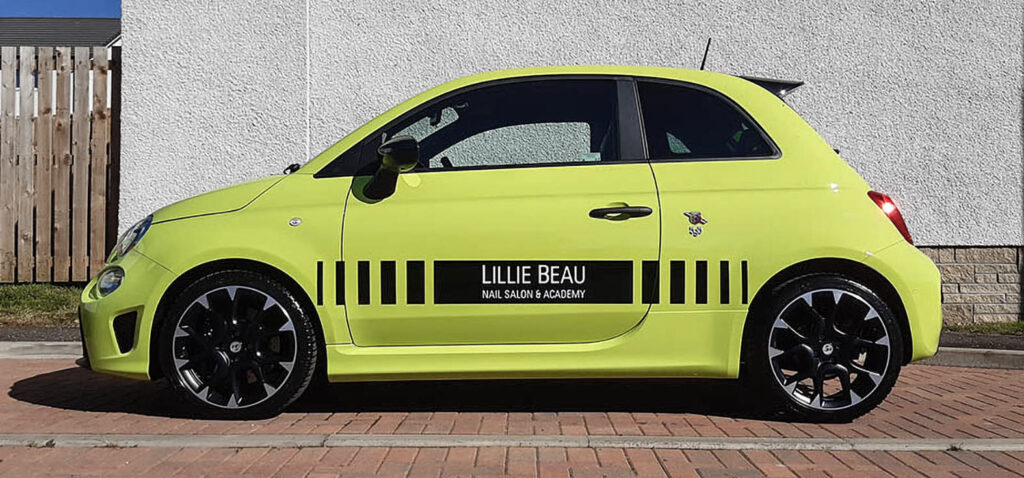
If you can, clearly communicate your message with a single piece of text or one image.
Fewer words convey confidence in what you offer.
Don’t list everything you have to offer. That’s the job for other marketing such as your website and social channels.
Promote what you want more of. If you provide an in-demand service or a popular product, sell it. Some tradespeople are multi-skilled with more than one service to offer. Likewise, some businesses supply numerous products. Choose what suits your long term strategy most.
Look at larger fleets such as nationwide utility companies and couriers. Less text presents established businesses. Occasionally, the message is accompanied by a supporting image such as a photograph showing the product or service at work. Combine a snappy headline with an image. It’s more memorable than a cloud of words.
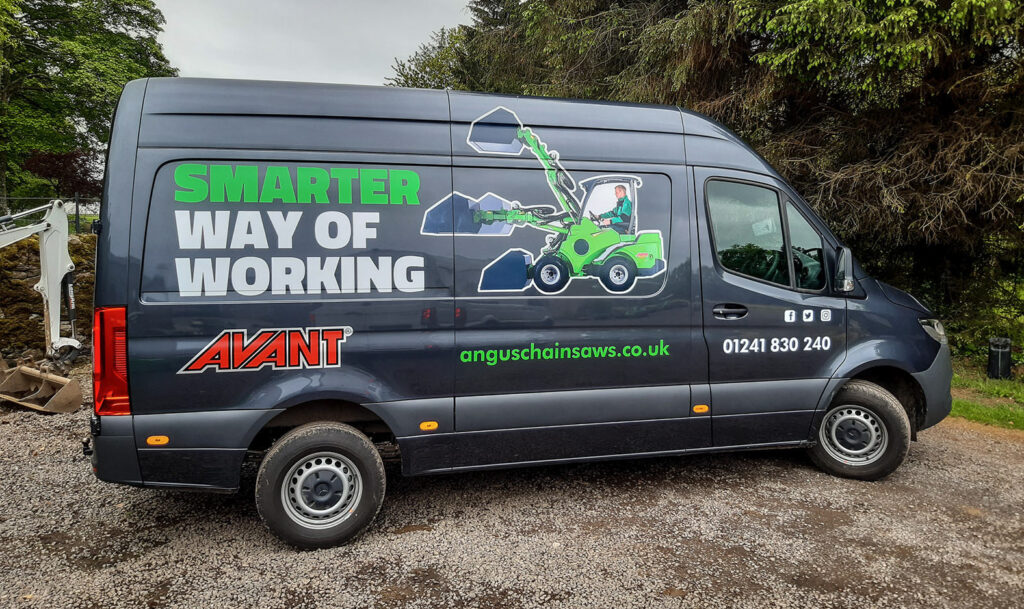
Direct potential clients to your website, social channels, or physical address if you want visitors. If they’re interested, they’ll have more time to read and understand who you are and what you do for your market.
Display only your main contact telephone number if you want calls. Include a Whatsapp icon if you prefer messaging. Long and multiple phone numbers and lengthy e-mail addresses will clutter your message and confuse the sales process. Consider how the reader will use your contact information.
Once you’re satisfied with the message, the visual design concept can begin.
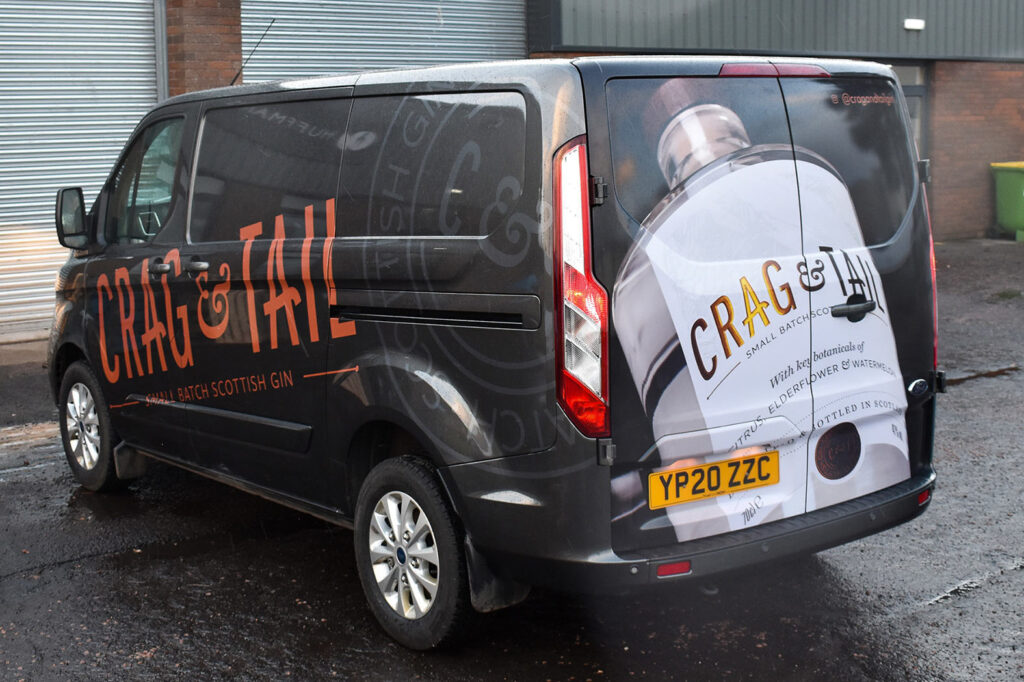
Create a comprehensive visual identity system for your business or organisation if you don’t already have one.
In doing so, decision making is streamlined, application is easy, time and expense are spared. It’s a long term, strategic approach. Your clients will notice consistency. Your business becomes familiar. Ultimately, you build trust.
Essential components of a visual identity design system:
Optional components:
Paired with your message, these components will create your vehicle livery design.
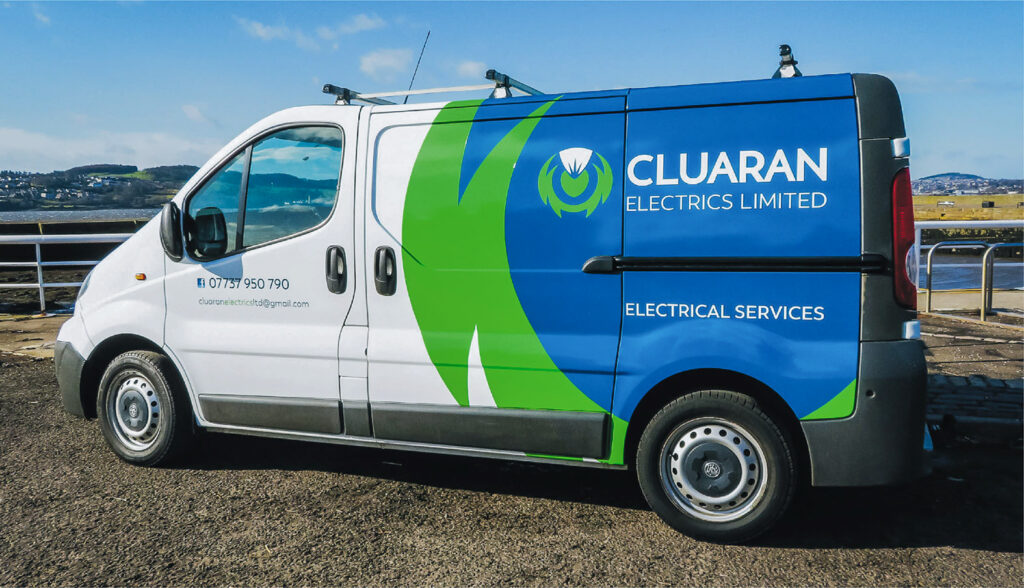
Modern vehicles are more contoured than they look. Especially cars. Kneeling to the level of the rear brake light and looking towards the front of the vehicle will show how curved the side panels are. Most vehicles’ sides are curved like rugby balls.
The shapes of the vehicle model and how they affect placement of graphics must be understood before the layout of the vehicle livery design.
Contours curve horizontal stripes, lettering, and graphics – like applying a straight line on a ball. If the stripes, lettering or graphics aren’t modified before or during production, or during application of the vehicle livery, the panel contour may distort the lettering or graphics.
Curves, recesses, and obstructions such as handles and sliding door channels are detrimental to legibility and placement of images. It’s sensible to avoid hindrances to your message.
If you have multiple vehicle models, consider how the livery design will transfer onto each size and shape of vehicle. Can the livery design be adapted to suit available areas on various shapes of vehicles?
Decorative graphics and stripes can accentuate the vehicle’s shape. Subtle pinstriping can also soften the expanse of larger commercial vehicles. In contrast, graphics can also scream out for something more eye-catching. Both options can be part of your plan to attract more eyes to your message.

You’ll have a captive audience every time you’re queuing in traffic. Use the rear of your vehicle to your advantage.
State your unique selling point.
What makes you different from your competitors?
Why should your ideal client choose you?
Include broader contact information if you have the space. But don’t cram everything in.
Alternatively, if you prefer a minimal approach for your vehicle livery (especially on cars), apply the livery on the rear only. Square-ended commercial vehicles are ideal canvases for partially wrapping striking photos, imagery and bold statements.
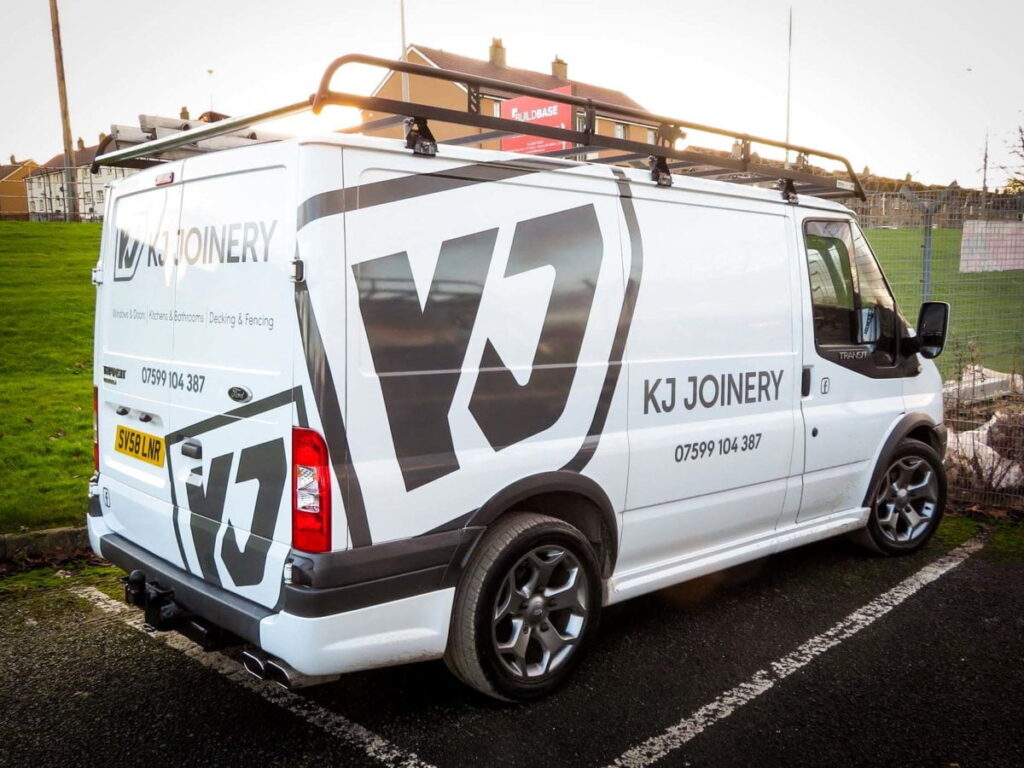
Choose contrasting colours for maximum impact and readability.
A comprehensive visual identity design system will include instructions and alternative colour palettes to suit the colour of your vehicle.
When buying a new vehicle (providing you don’t choose to wrap it), if practical, choose a vehicle colour which will contrast with your visual identity’s colour palette.
Metallic and pearlescent finishes can be tricky to contrast with general signmaking vinyl films and paints. Depending on the viewing angle, solid colours may not contrast or seem visible at all on metallic backgrounds. This is due to the way light reflects off the glimmering metallic surface.
Outlines, drop shadows and other effects can be added to increase legibility. Caution is necessary. Additional graphics and colours can overdo the design and hinder legibility.
In my experience, choosing metallic finishes for the livery assists with legibility on vehicles with metallic or pearlescent finishes.
Make sure the livery colours selected can be read on your vehicle. Always ask for a sample and see for yourself in daylight.
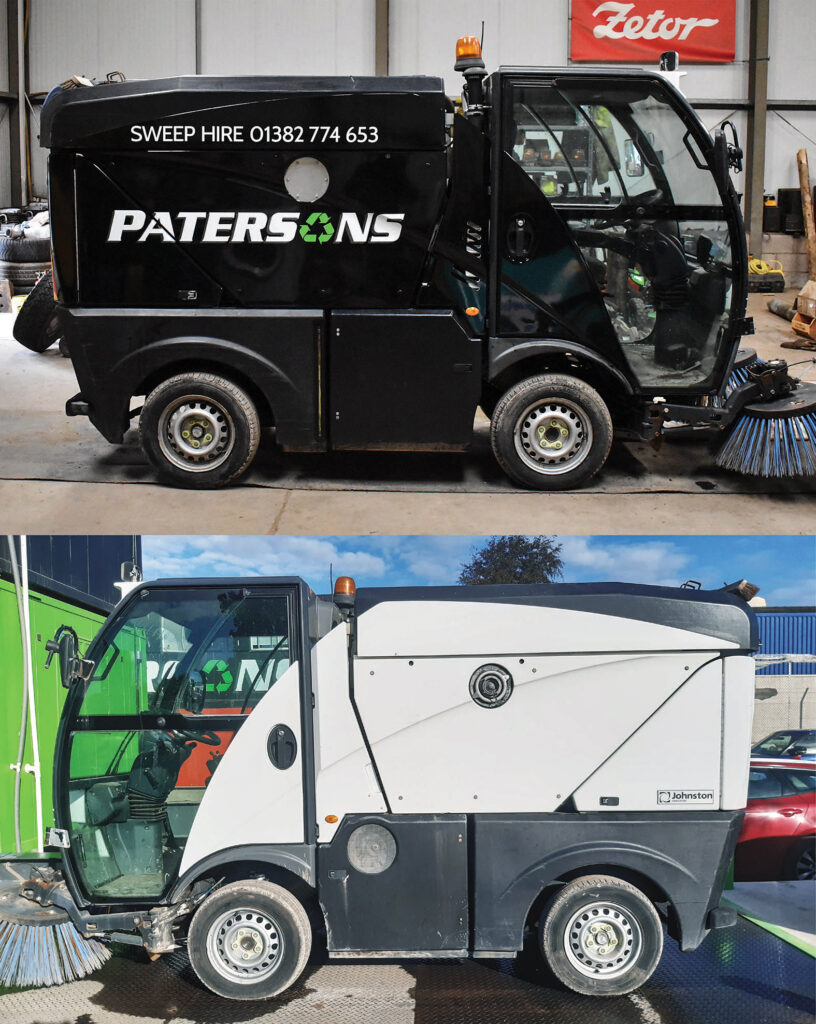
Full and partial wraps are a popular choice for vehicle advertising. Borne out of signmaking, vehicle wrapping is a massive industry. Advancements in vinyl wrapping films are continual and an understanding of how to use them is essential.
Depending on the size of the vehicle and the wrapped area covered, the vehicle can be off the road for several days. There will likely be downtime and associated costs, especially if you own multiple vehicles. It’s wise to set a budget for this.
Be aware of pitfalls when replacing potential bodywork damage on wrapped areas of your vehicle. Always ask advice about colour matching before deciding.
Most importantly, the vehicle wrap design must be effective and meet criteria for communicating your message.
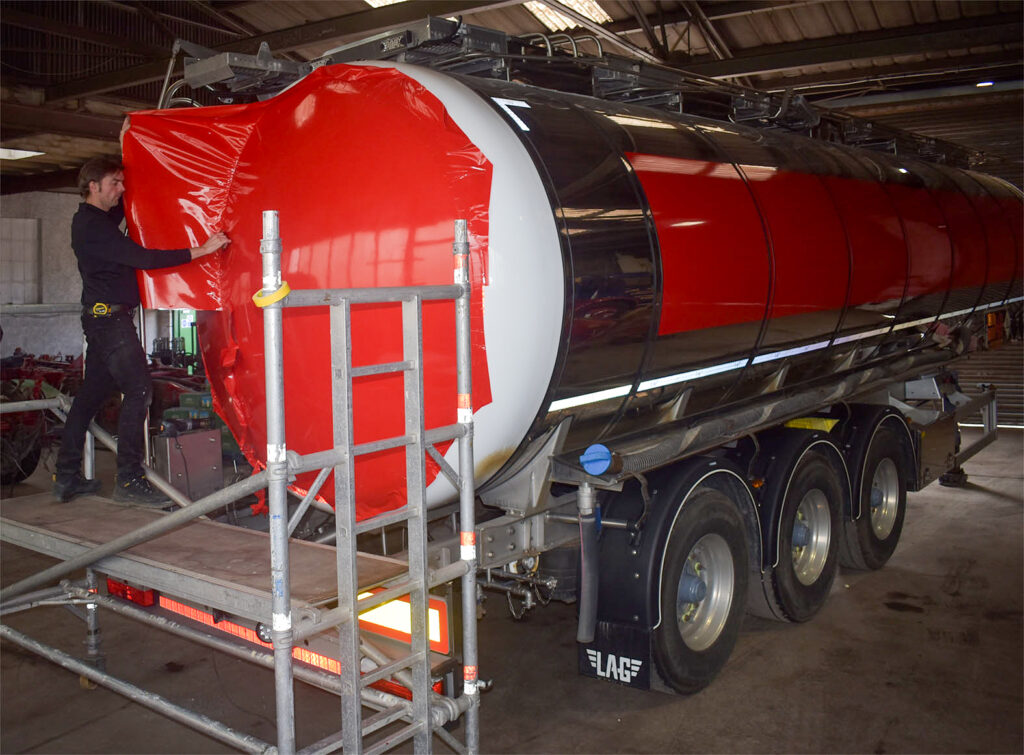
Nowadays, most vehicle liveries are applied with vinyl. Whether cut vinyl shapes or entire vehicle wraps, there is a plethora of vinyl with various attributes.
Knowing which materials are suitable for specific applications, durability, and where to source them involves choosing an experienced signmaker or vehicle wrapper. Consider how long you intend to keep the vehicle as this may influence your decision on the materials which are used in the application of your livery. Always ask for advice before asking for a quote.
When matching to a specific colour reference, digitally printed vinyl may have to be used. This involves printing ink onto an ink receptive vinyl before laminating. This method is used for photographs, gradients and special effects.
Not all adhesive films are permanent nor manufactured for long term applications on vehicles. Moulding over vehicle curves and contours demands vinyls and laminates which can be pliable yet robust. These properties are especially important for large areas of adhesive graphics.
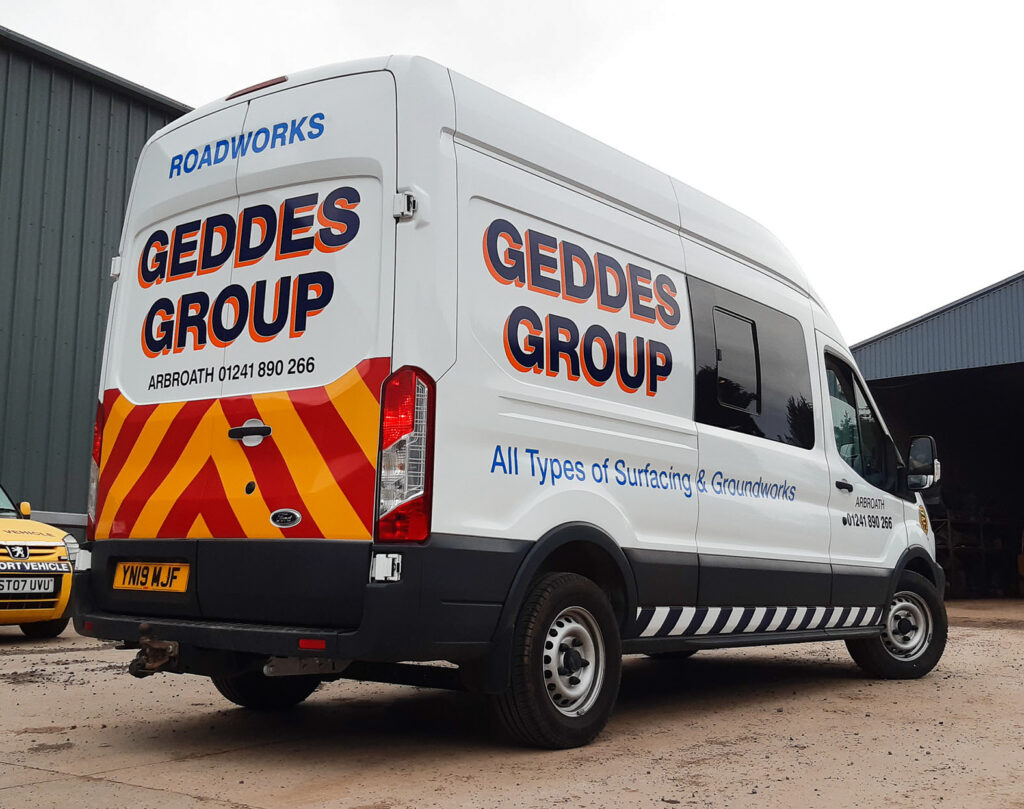
Highway maintenance, roadside assistance, escort vehicles, HGVs and some plant machinery legally require high visibility markings. The complexities of these markings are outlined in the Department of Transport’s Chapter 8 regulations.
With attention, the safety markings can be incorporated into the vehicle livery whilst also including your message. This can be achieved with available panel areas and integration of high visibility vinyl within the vehicle livery design.
Fluorescent and some reflective materials are limited in lifespan. Always ask for advice and read the technical data supplied by materials manufacturers before choosing to include speciality vinyl films or paints.
Manufacturers will recommend how to maintain their vinyl in the the technical data sheets.

Tippers, tankers and trailers can act as a moving billboard. Seen by potentially millions of drivers, passengers and pedestrians every year.
By exploiting the canvas area for advertising and the route often driven, hauliers can even rent these spaces for additional revenue. Clients can also pay hauliers to advertise their goods inside.
Connecting the cab livery to the graphics on the trailer unifies a larger expanse and can be a real head turner. When graphics are sensibly placed on different models of cab, they can also connect universally with the adjoining graphics on the trailers.
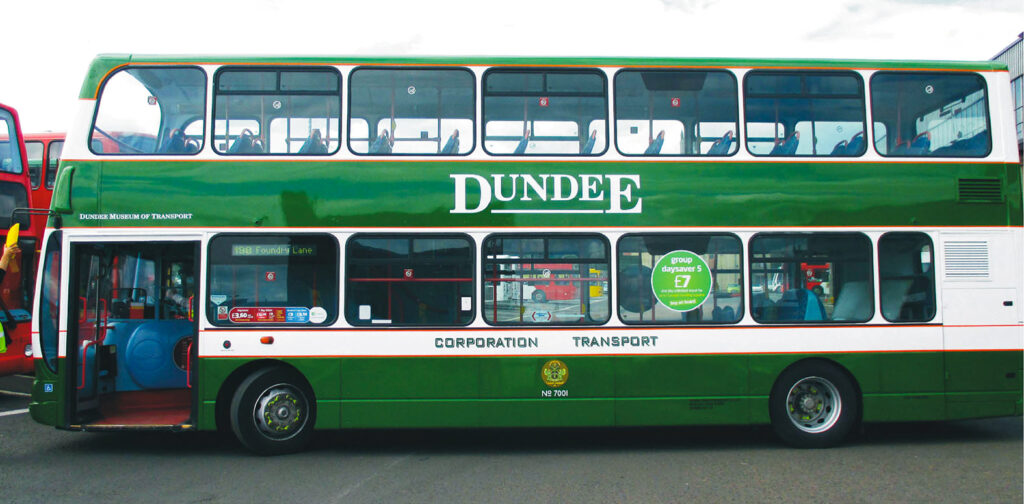
Consistency in vehicle livery design is crucial for waiting passengers of buses and coaches. Especially on the front and rear of the vehicles. Fleets consisting of different sizes and models of vehicles benefit from a well planned, versatile vehicle livery design system.
Implementing an adaptable vehicle graphics system when designing for passenger vehicles saves headaches and the number of confused passengers.
Like advertising on haulage trailers, advertising on fleets of buses is provides a way to broadcast your message to the masses. I applied advertising graphics on fleets of buses for over twenty years and understand how effective this medium can be for campaign marketing.
Communications agencies handle contracts for advertising on national and local fleets. Space is leased both short and long term on buses for advertisers. It’s an ideal method to promote events, seasonal offers, and product launches.
Get in touch for more information and to discuss your vehicle livery.